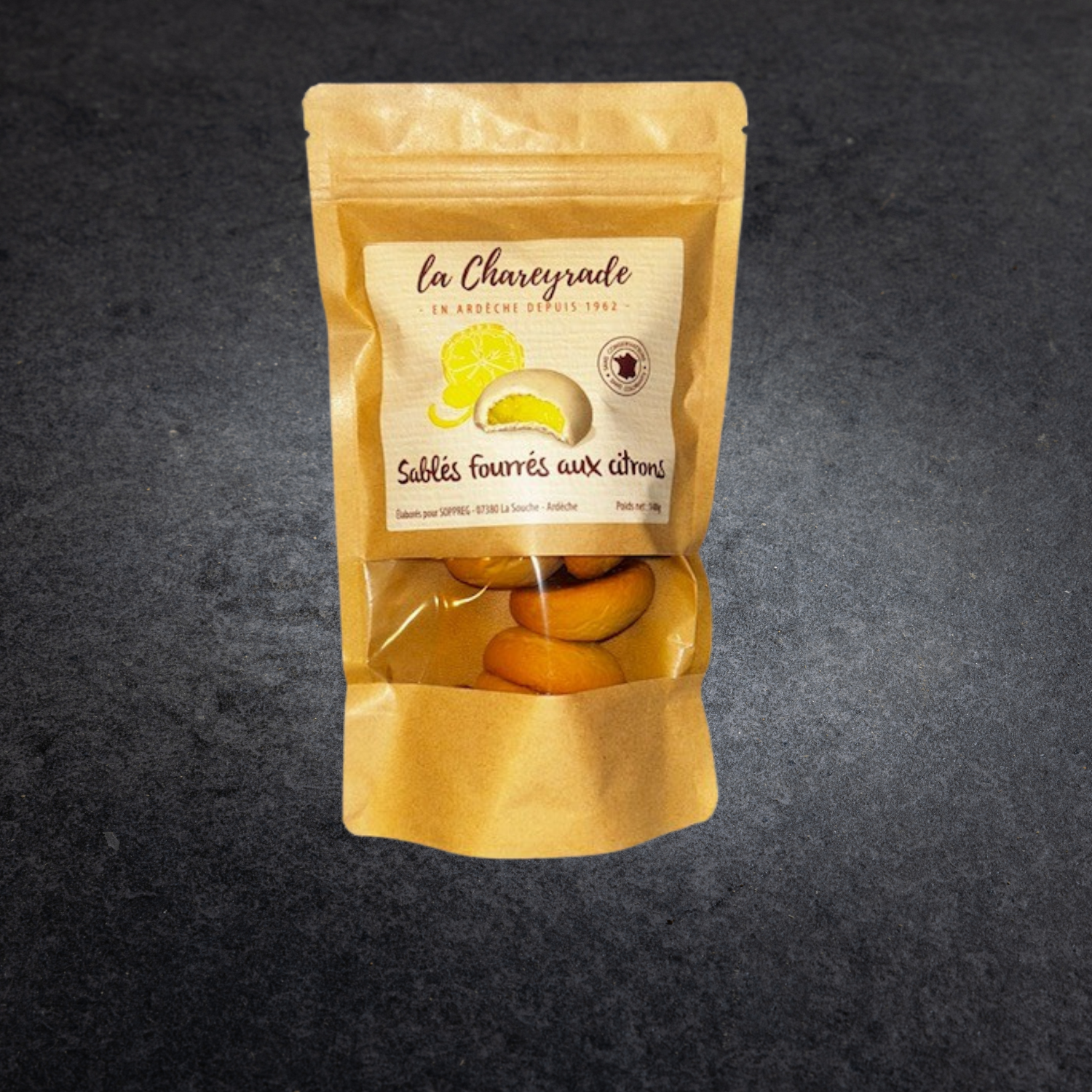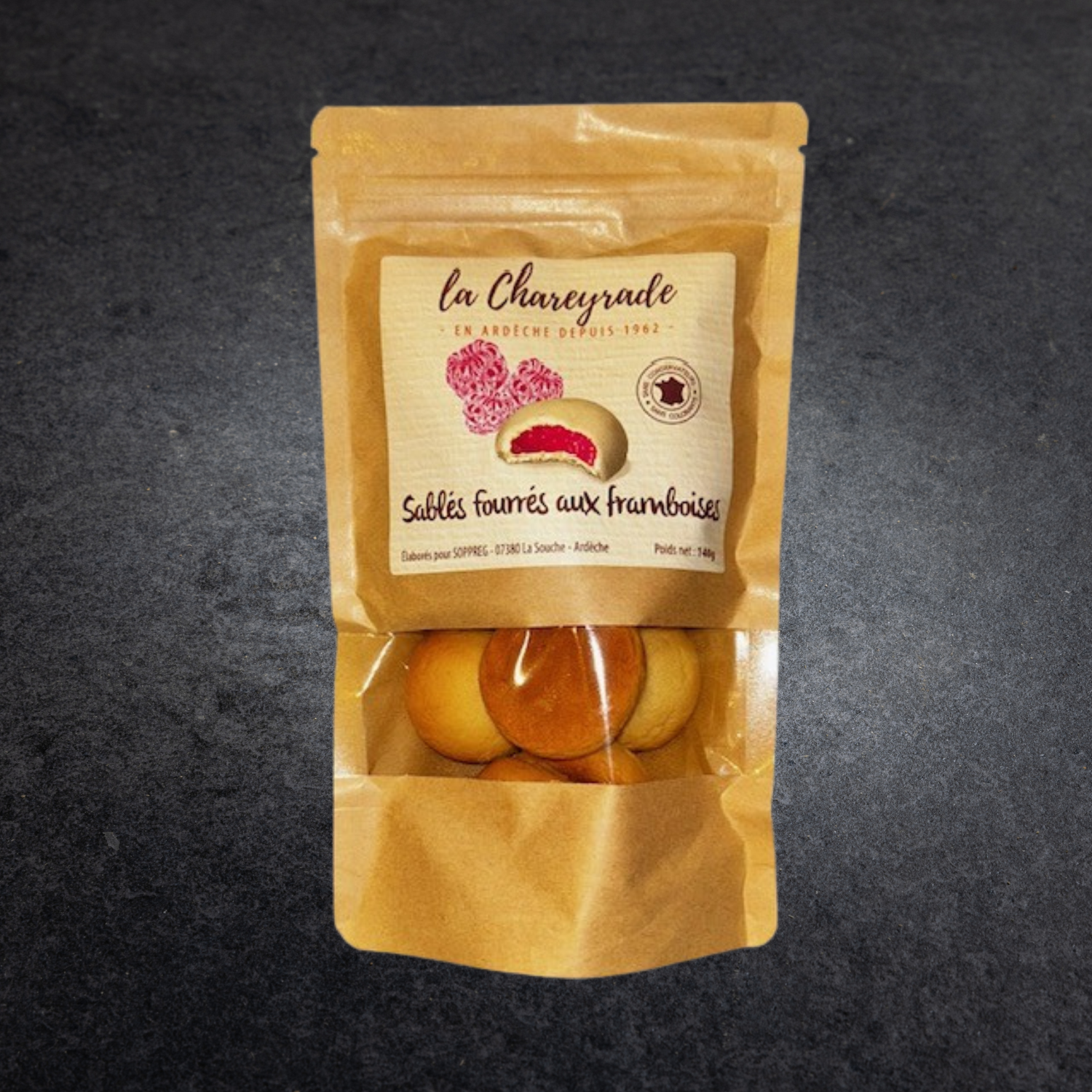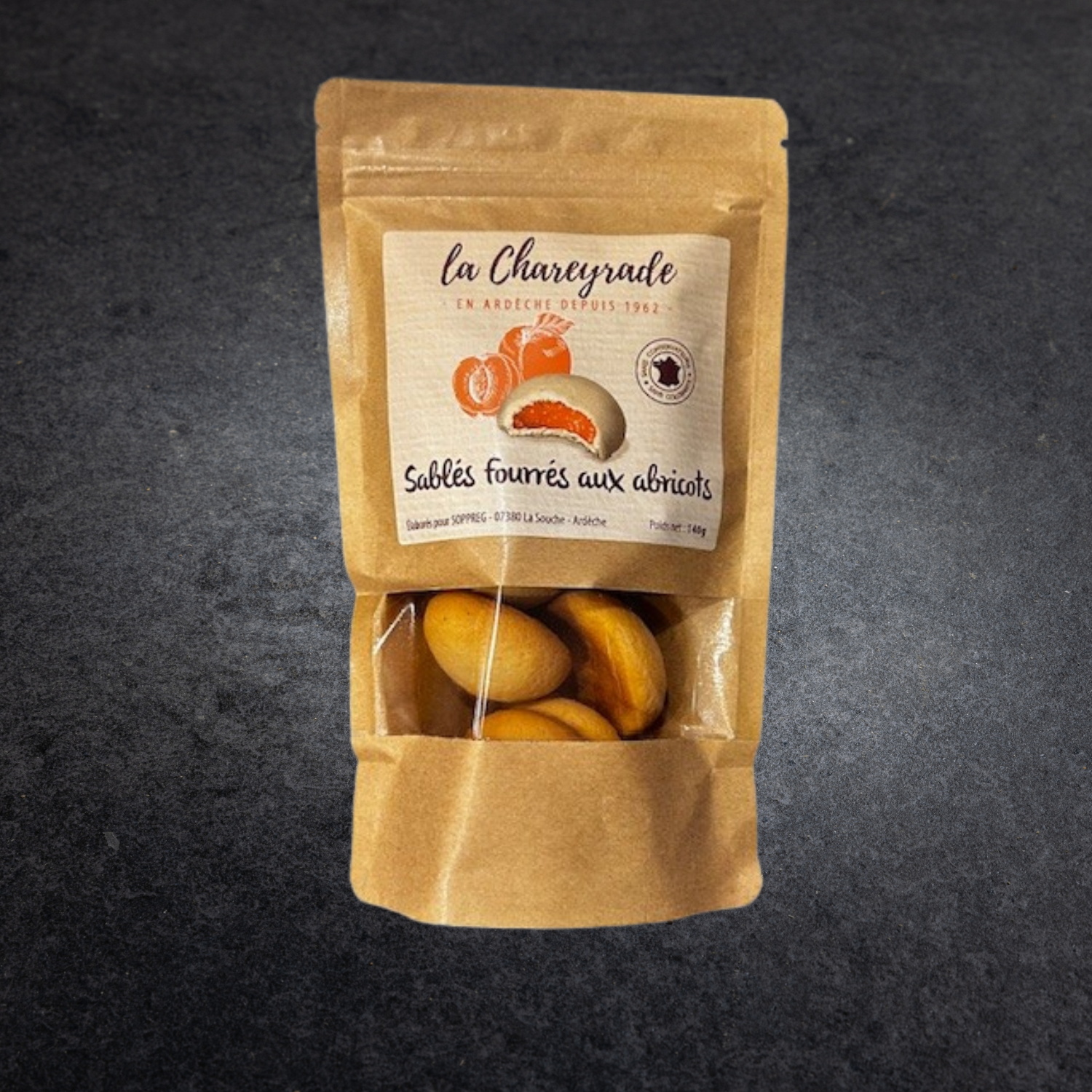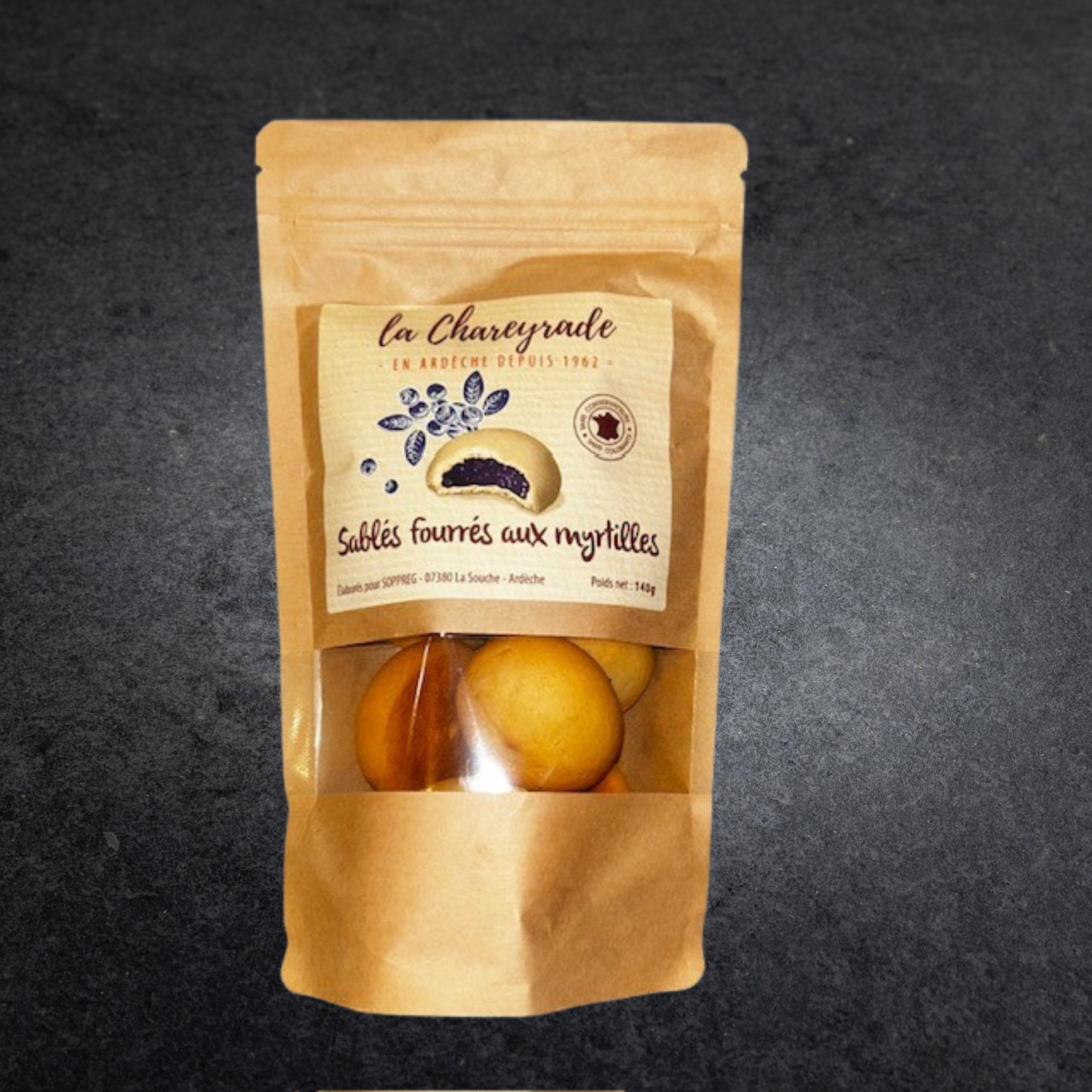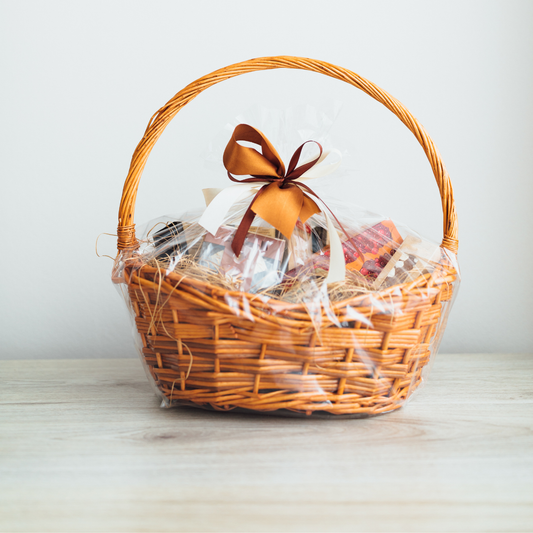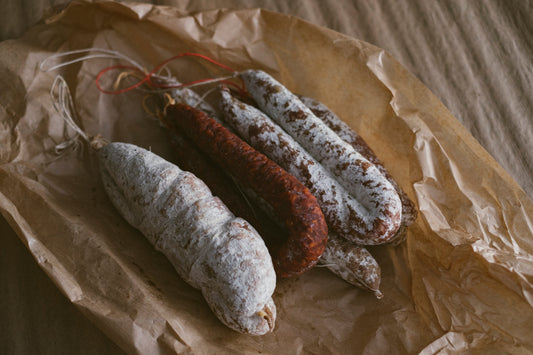The sausage flower...
The flower? Funny word when we talk about sausages...
Perhaps you’re more familiar with bloomy rind cheeses?
In fact, this is the term commonly used by cheesemakers or curers to name the surface covering of a sausage or cheese. The sausage flower is a mixture of very diverse microorganisms (mainly molds, a little yeast) that grow on the casing of a dry sausage or the rind of a cheese.
The flower of our sausages is natural and from Ardèche!
Natural Flower
It is a mixture of several “wild” molds, as they say in microbiological jargon, which grow on a natural pork casing.
It is first white, then green and abundant.
When the sausages become drier, it sporulates, becomes shorter and tends towards gray.
Ardèche Flower
The sausage flower is found on most Ardèche sausages thanks to a regional recipe (in particular the use of natural casings) and the mid-mountain climate with alternating mistral (dry and cold north wind) and south wind (hot and humid).
Variable Flower
The variability of the intestines (depending on the pigs) and that of the climate explain why this flower fluctuates in terms of its abundance and its color (shades of white, green and gray).
But in any case, the sausage flower needs time to develop on our sausages.
It brings scents of undergrowth, slows down the drying of sausages and allows the meat to express all its flavors.
The mission of the Boutique des Saucissons
Make Ardèche sausages known and appreciated throughout France!
In the 1980s and 90s, there was the rise of mass distribution and standardized products. Distributors considered this natural bloom as a disadvantage and most curers replaced it with white mold from strains grown in the laboratory or even talc that was easier to control... And now consumers have finally gotten used to it (a bit like the very pink side of ham in the end). In the 1990s, sausages were overwhelmingly white.
Our bet?

To introduce the traditional Ardèche sausage to as many people as possible, to "export" it outside of Ardèche... During all this time, of course, the people of Ardèche were still eating their natural flower sausages traditionally made by local pork butchers and distributed locally... For this, we are counting on you! Tell around you the story of the natural sausage flower (no, this gray-green color is not a defect), this beautiful tradition and above all let people taste it because we know it well: to try it is to adopt it :)
Through experience and practice, we have been able to maintain our know-how while increasing production. The process is now well mastered. It is a daily adaptation to control this wild flower that does as it pleases... Well yes, it remains natural!
But what a pleasure to walk through the drying rooms amidst an abundance of colors and smells given off by these sausages.
And what about health in all this?
Can we eat the skin of our sausages and therefore this sausage flower ?
Without any problem since these sausages have been consumed for several hundred years. The Largentière sausage is mentioned in the "gazetin du comestible", a periodical published in the 18th century.
The flower has the advantage of covering and therefore protecting the sausage; it occupies the ground and does not leave room for undesirable microorganisms. Even for the smallest "critters", it's all a question of competition...
For our part, we wanted to know our flower better and did research on the nature and safety of the main strains of mold that compose it (microbiological identification, genome sequencing by molecular biology). The main strains of our mold belong to the penicillium family. Penicillium, penicillin, does that mean anything to you? A famous antibiotic commonly used to fight microbial infections. So could our flower be a functional food? There is a good chance that it is beneficial for our intestinal flora because it diversifies our microbiota :)

